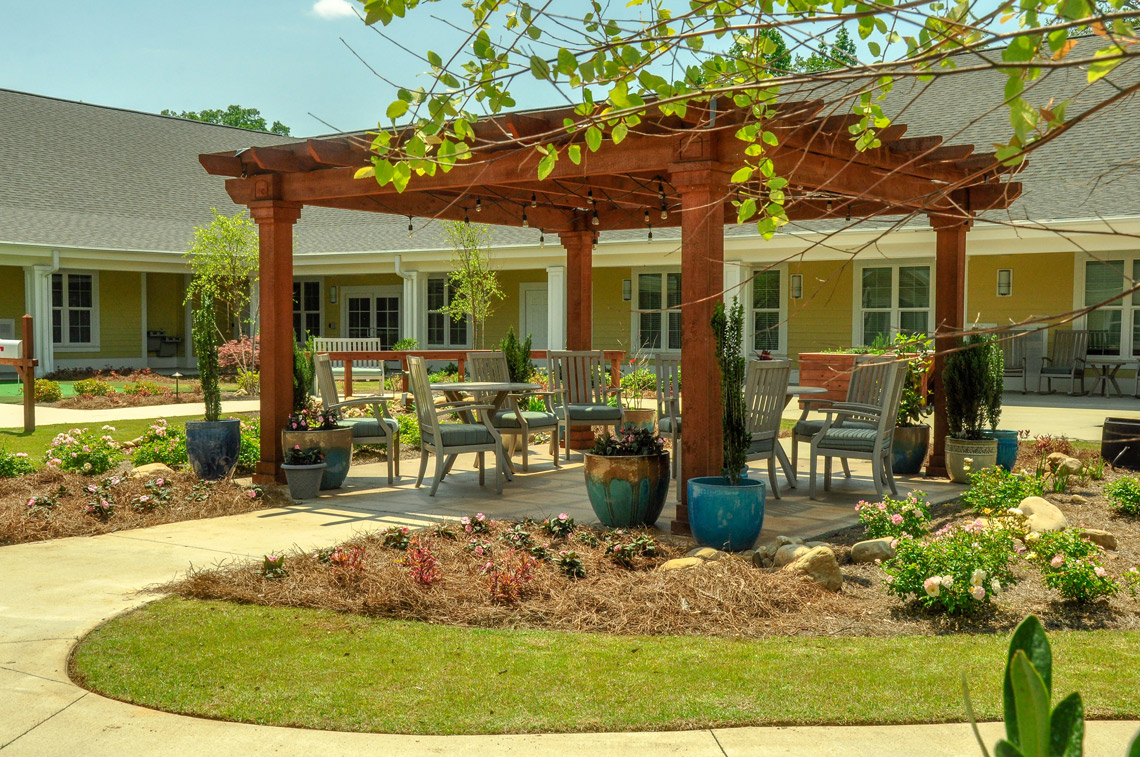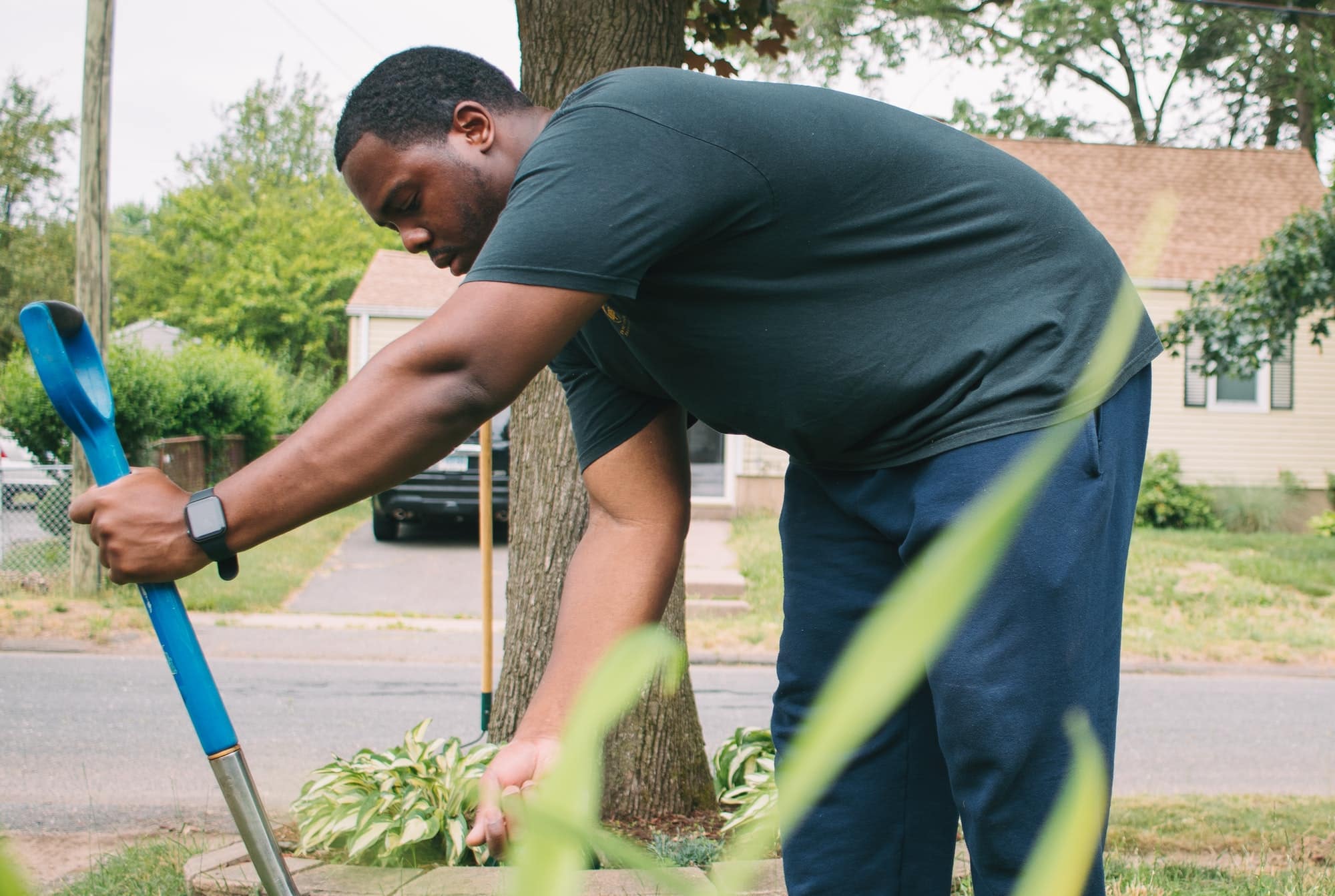The 2-Minute Rule for Hilton Head Landscapes
The 2-Minute Rule for Hilton Head Landscapes
Blog Article
The smart Trick of Hilton Head Landscapes That Nobody is Discussing
Table of ContentsIndicators on Hilton Head Landscapes You Need To KnowA Biased View of Hilton Head LandscapesThe 20-Second Trick For Hilton Head Landscapes6 Simple Techniques For Hilton Head LandscapesSee This Report on Hilton Head LandscapesFascination About Hilton Head LandscapesThe Facts About Hilton Head Landscapes Uncovered
Line develops all types and patterns and can be made use of in a selection of ways in the landscape. Line in the landscape is created by the side in between two materials, the synopsis or silhouette of a type, or a long direct feature. Lines are an effective tool for the developer because they can be made use of to produce a limitless selection of forms and kinds, and they regulate activity of the eye and the body.

Lines can have several characteristics, such as those described listed below, but they usually offer various functions. Figure 1. Lines in the landscape - bluffton landscaping. The residential properties of lines establish just how individuals respond to the landscape, both emotionally and physically. Straight lines are structural and powerful; they create an official personality, are usually associated with a symmetrical layout, and lead the eye directly to a centerpiece.
The Single Strategy To Use For Hilton Head Landscapes
Straight lines are frequently located in hardscape sides and product. Curved lines create an informal, natural, kicked back personality that is associated much more with nature and asymmetrical equilibrium. Bent lines move the eye at a slower rate and add mystery to the space by developing surprise views. Vertical lines relocate the eye up, making a space really feel bigger.
Vertical lines in the landscape include high, slim plant product, such as trees, or tall structures, such as an arbor or a bird home on a pole. Horizontal lines move the eye along the ground plane and can make a space really feel bigger. Low lines are much more controlled and create a sensation of remainder or repose.
3 Simple Techniques For Hilton Head Landscapes
Lines are additionally produced by the vertical kinds of built attributes and plant product. There are 3 main line kinds that produce form in the landscape: bedlines, hardscape lines, and plant lines.
Bedlines attach plant material to the home and hardscape due to the fact that the eye follows the line, moving the stare through the landscape. Hardscape lines are developed by the edge of the hardscape, which defines the constructed structure. Line can likewise be developed by long and slim materials, such as a fence or wall.
The 9-Minute Rule for Hilton Head Landscapes
Form is discovered in both hardscape and plants, and it is commonly the dominant visual component that spatially organizes the landscape and often identifies the design of the yard. The kind of frameworks, plant beds, and yard ornaments additionally identifies the general form style of the yard. Formal, geometric forms consist of circles, squares, and polygons.
Plants produce type in the garden through their lays out or silhouettes, yet kind can also be defined by a void or unfavorable area in between plants - landscape design hilton head (https://www.intensedebate.com/profiles/stevenagonzales). Circles can be full circles, or they can be split into fifty percent circles or circle sectors and incorporated with lines to develop arcs and tangents
Not known Details About Hilton Head Landscapes
Circles can additionally be stretched right into ovals and ellipses for more variety and rate of interest. Circles are a strong layout form due to the fact that the eye is always attracted to the center, which can be utilized to emphasize a centerpiece or connect various other forms. Number 2. Circular types in hardscape and grass panels.
The square type Read More Here can additionally be fractional and previously owned consistently to produce a grid pattern. Unlike circles, squares are more powerful on the sides, which can be lined up or overlapped to create distinct patterns and even more intricate kinds.
Twisting lines typically imitate the natural program of rivers or streams and can be referred to as smooth lines with deeply curved undulations. Twisting lines (Figure 3) function well for pathways, plant bedlines, and completely dry stream beds. Twisting lines can add interest and secret to a garden by leading visitors around edges to find new views and areas.
The Facts About Hilton Head Landscapes Uncovered

Figure 5. Fragmented edges: tipping stones in pathway. Kind is one of the most enduring quality of a plant (landscaping hilton head sc). https://pastebin.com/u/h1tnhdlndscps. Usual plant kinds are well developed and standardized, as kind is the most consistent and identifiable quality of plants. Type can additionally be produced through the massing of plants, where the total mass produces a different type than a specific plant.
A very different kind must be used with careone or 2 job well as a prime focus, yet a lot of produce chaos. All-natural plant kinds, as opposed to over-trimmed forms, need to establish the bulk of the composition. The significance of overall kind is basically based on the checking out perspectivethe kind of a tree can appear quite different to a person standing under the cover versus checking out the tree from a distance in an open area.
The Buzz on Hilton Head Landscapes
Plant kinds additionally develop and specify deep space or open rooms in between the plants, producing either convex or scooped kinds in the spaces. High-arching tree branches usually create a concave open space under the branches, and a rounded cover with reduced branches loads the space to produce a convex form in the open space under the tree.

Report this page